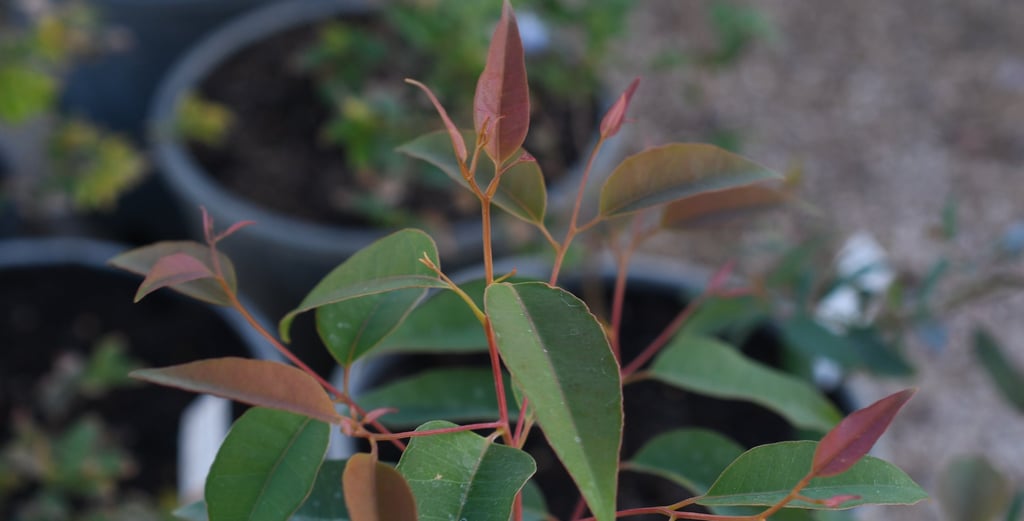Pioneering the Outback


Outback Queensland is a region of stark contrasts, with its harsh climatic conditions and vast, open landscapes. However, despite the arid environment, life finds a way to flourish. One of the key strategies nature employs in these challenging environments is the use of pioneer plant species. These hardy plants are the first to colonise barren landscapes, initiating a cascade of ecological changes that eventually lead to a thriving ecosystem. Understanding these pioneer species, their conditions for growth, and their role in transforming the landscape can offer valuable insights for both ecological restoration and gardening in similar tough conditions.
Pioneer species are nature's first responders, capable of establishing themselves in environments where other plants cannot survive. In Outback Queensland, some notable genera of pioneer species include:
Acacia (Wattles): Acacia species are renowned for their ability to thrive in poor soils and arid conditions. They fix nitrogen in the soil, improving fertility.
Eucalyptus (Gum Trees): Certain Eucalyptus species can tolerate dry, nutrient-poor soils and are often among the first to grow in disturbed areas.
Spinifex (Triodia): These tough grasses are highly drought-resistant and can stabilise sandy soils, preventing erosion.
Casuarina (Sheoaks): Casuarinas significantly alter the microclimate by stabilising soil with their extensive root systems, reducing erosion, and enriching soil fertility through nitrogen fixation. Their leaf litter enhances soil quality and water-holding capacity.
Atriplex (Saltbush): Saltbush is exceptionally tolerant of saline and dry conditions, making it a crucial pioneer in many arid regions.
Pioneer species in Outback Queensland typically require specific conditions to germinate and grow. Many pioneers thrive in disturbed soils where competition is minimal. Full sunlight is often essential, as these plants are adapted to open, exposed environments. These plants can grow in soils with low fertility, utilising available resources efficiently. While drought-resistant, occasional rainfall or moisture is necessary to kickstart germination.
Pioneer species play a crucial role in altering the microclimate of an area:
Soil Stabilisation: By rooting, pioneer plants reduce erosion and help in soil formation.
Nutrient Addition: Nitrogen-fixing species like Acacia enrich the soil with essential nutrients.
Shade and Moisture Retention: As these plants grow, they provide shade and help retain soil moisture, creating a more hospitable environment for other species.
Microbial Activity: The roots of pioneer plants often promote microbial activity in the soil, further enhancing soil health.
Once pioneer species have established themselves and improved the microclimate, secondary succession can occur. The conditions required for these subsequent species include better nutrient availability, meaning more demanding plants can take root, increased soil moisture from pioneer plant shade allows less drought-tolerant species to grow, and finally, shelter, shade and windbreak provided by pioneer plants that offer a more stable microenvironment.
Secondary species might include:
- Grevillea: Thrive in nutrient-improved soils.
- Banksia: Benefit from the increased soil moisture and stability.
- Melaleuca: Often follow in areas where moisture retention is enhanced.
Through the process of ecological succession initiated by pioneer species, barren and inhospitable landscapes can transform into diverse and resilient ecosystems. The end result for the region includes:
Increased Biodiversity: A variety of plants, animals, and microorganisms can thrive.
Improved Soil Health: Enhanced soil structure and fertility.
Stabilised Environment: Reduced erosion and better water retention.
Gardeners facing tough growing conditions can take a leaf out of nature's book by starting with pioneer species. Here’s how to do it:
1. Choose the Right Species: Select pioneer plants that are native to or adapted to your local conditions. Our nursery offers a range of Acacia, Casuarina, and Eucalyptus saplings pre-grown in challenging conditions to give you a head start. We have also researched pioneer species, such as Cassias and Hakea that are dominant in other regions with similar conditions.
2. Prepare the Soil: Mimic soil disturbance by lightly tilling the area and removing competing vegetation.
3. Planting: Plant the pioneer species in full sun and ensure they have access to water until they are established.
4. Maintenance: Initially, some care might be needed, but pioneer species are generally low-maintenance once established.
As these plants grow, they will create a more favourable microclimate, allowing you to introduce more sensitive and diverse species over time. By following this natural succession process, gardeners can transform difficult growing areas into lush, sustainable gardens.
Pioneer plant species are the unsung heroes of ecological restoration in Outback Queensland, turning barren lands into thriving ecosystems. Gardeners can replicate this natural process to conquer challenging growing conditions, creating beautiful and resilient gardens. Visit our nursery to get a head start with pre-grown pioneer saplings.
